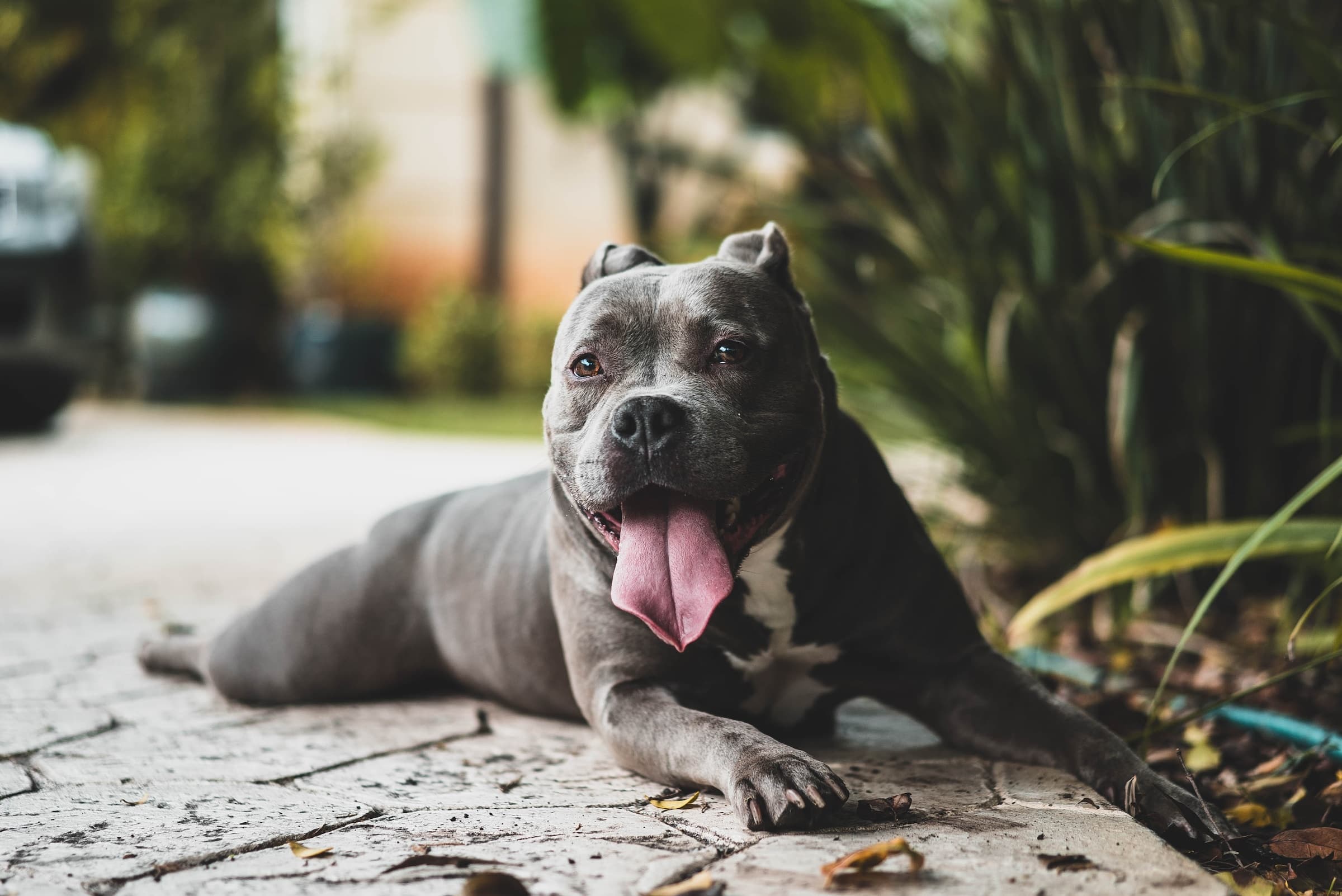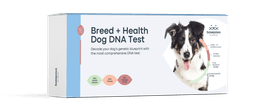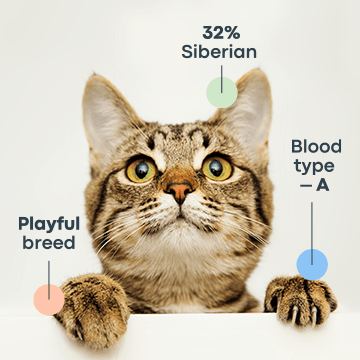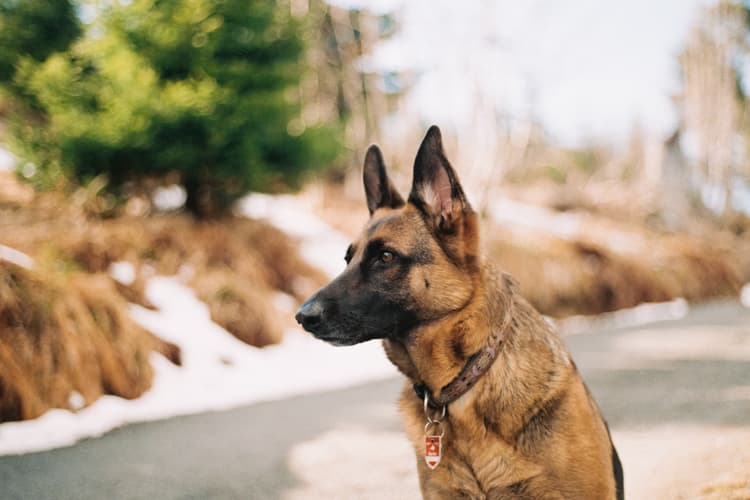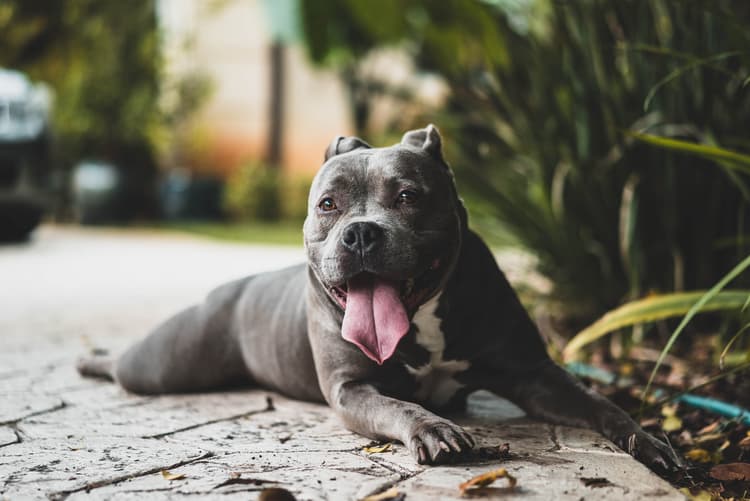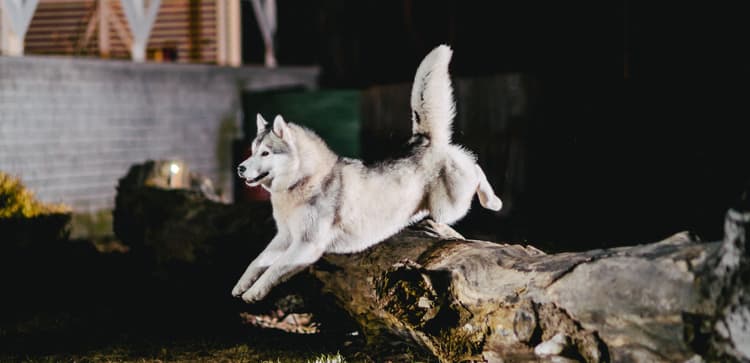What is the most dangerous dog in the world? Misconceptions and myths fuel this discussion as the information found online can often be more confusing than helpful. Dog breeds are diverse, and each dog possesses individual traits and unique characteristics, which make it truly unfair to label a single breed as violent or dangerous. Statistics are often quoted to prove that a certain dog breed is dangerous. However, it's crucial to recognize the fact that dog aggression has many underlying causes and factors so it is in no way comparable to human aggression. These two cannot be equated or treated in the same way. False assumptions about a breed's dangerous behavior are made due to a lack of understanding and incorrect information that is often fed to the masses by the media.
Genetics, degree of socialization, and proper training play a significant role in shaping a dog's temperament from a very early age.
Breed-specific legislation, often considered a great solution, has also proven ineffective in reducing dog attacks. This article has all the relevant information that will help you differentiate between myth and reality when it comes to dangerous dog breeds.
Examining Breed Traits: Separating Fact from Fiction
Discussing dangerous dog breeds, it can be challenging to distinguish fact from fiction. For pet owners, getting the correct information in this regard is crucial to making the right decision before bringing home a dog as a pet. Here are some basic facts about some of the dog breeds that are considered dangerous by the general public.
Pit Bull
Fiction
All pit bulls are vicious and aggressive.
Never adopt a pit bull from a shelter because they are aggressive and damaged beyond repair.
Fact If trained well as puppies, pit bulls can grow into friendly and safe companions. However, pit bulls may start displaying aggressive behavior later in life, requiring appropriate handling. Despite their reputation as one of the most dangerous breeds, many pit bull adoptions from shelters are successful. Their muscular build and strong "hold and shake" bite style contribute to concerns, as these traits have been linked to mauling incidents. Historically bred for bull-baiting and dog fighting, pit bulls are not inherently aggressive. Proper training and early socialization can transform these dogs into affectionate pets. According to PetMD, pit bulls can be incredibly loving and loyal when raised in the right environment.
How to Handle Pit Bulls
To manage a pit bull effectively, focus on consistent training and early socialization. Firm, positive reinforcement techniques help them understand boundaries. Supervise interactions with new people or animals and provide plenty of physical and mental stimulation to keep them calm and happy.
German Shepherd
Fiction
These are particularly aggressive dogs.
They train easily so not much work is needed.
Fact German Shepherds are loving pets. Their temperament scores are comparable to the famously friendly Golden Retriever. German Shepherds thrive with proper training. It is essential for managing their high energy levels.
How to Handle German Shepherds
German Shepherds require firm leadership and consistent training. Introduce them to basic commands early and provide daily exercise to keep them mentally and physically engaged. Socialization ensures they are confident and well-mannered around children and strangers.
Rottweilers
Fiction
They are unfriendly, violent, and unpredictable.
Rottweilers are defiant and stubborn, making training nearly impossible.
They should be kept outside and in isolation.
Fact Rottweilers are strong and protective. They are also loyal and friendly. Historically they were used as cattle dogs and army companions. They respond well to training and socialization. Rottweilers need interaction with family members. They should live indoors to form strong bonds.
How to Handle Rottweilers
Use positive reinforcement and consistent commands when training Rottweilers. Early socialization helps them adapt to different environments and reduces aggression. Regular exercise manages their energy levels.
Doberman Pinschers
Fiction
They turn on their owners due to their aggressive temperament.
They require much more exercise than the average dog and are overly hyperactive.
They are not suitable family dogs.
Fact Dobermans are highly intelligent. They are overprotective of their families, but not aggressive. Dobermans need regular exercise. They are not excessively hyperactive when given appropriate training.
How to Handle Doberman Pinschers
Establish leadership early with Dobermans through clear commands and structure. Their intelligence makes training easy, but consistency is key. Include interactive play and mental challenges in their daily routine to prevent boredom and destructive behavior.
Siberian Husky
Fiction
They are aggressive and unsuitable for apartment living.
They can only live in cold climates, and hot weather causes temperament issues.
They are part wolves, making them unpredictable and violent.
Fact Siberian Huskies are among the friendliest dog breeds. Their reputation for aggression stems from improper training or neglect. Huskies’ coats adapt to various climates, and they can thrive in both hot and cold environments when cared for responsibly.
How to Handle Siberian Huskies
Huskies require an active lifestyle and consistent training. Engage them with regular exercise to channel their high energy levels. Be patient and use positive reinforcement to address stubbornness. Give them secure outdoor spaces; they are skilled escape artists.
Alaskan Malamute
Fiction
They are not good family dogs and can be very aggressive.
They are the same as Huskies but more temperamental.
They can never be fully trained.
Fact Alaskan Malamutes are distinct from Huskies, although they share similar physical traits. They are strong, sturdy, and naturally affectionate with proper training. Malamutes are not inherently aggressive but require early socialization to adapt well to family life.
How to Handle Alaskan Malamutes
Training a Malamute requires patience and consistency. They respond best to positive reinforcement and enjoy tasks that challenge their strength and intelligence. Like Huskies, Malamutes need ample exercise and a secure outdoor area to prevent boredom and destructive tendencies.
Impact of Genetics and Environment on Dog Temperament
Many dog breeds are specifically bred to cultivate their selective genetic traits, ranging from loyalty, ferocity, speed, and strength to aggression. While genetics play an important role in determining the temperament of a dog, the significance of the environment cannot be ignored. If a dog has the genetic disposition to be aggressive, it can be trained to become a loving and playful family dog by providing a stale home, consistent training, and positive reinforcement.
Know Your Canine Companion
To build a strong bond, understand your dog’s behavior and needs. The perception of a dangerous dog often stems from misinformation. It can also be because of misunderstanding or poor handling. Every dog has unique traits influenced by genetics, environment, and training. Some breeds are labeled as dangerous due to their size, strength, or history. In truth, their behavior is mostly shaped by their upbringing and care.
For example, breeds with muscular builds or protective instincts are often misunderstood. However, all they need is proper socialization and training. Any dog will display aggression when neglected or mistreated.

Prevent Dog Attacks with Socialization and Training
The majority of attacks happen when dogs do not socialize. Lack of proper training is also a culprit. Socialization and training should begin very early. Proper training is useful in tense situations. It allows the owner to get the dog to cooperate, even when they are showing aggression. There are many steps to take for dog bite prevention.
Owners and Responsibility: Impact of Neglect and Abuse
What is the most dangerous dog in the world? The answer is simple: any neglected or abused canine. It can cause serious behavior problems. Neglect or abuse means the dog develops fear, aggression and anxiety. Physical or emotional abuse will result in difficulty trusting humans. Such dogs perceive threats even when there are none. A lot of patience, love and care is needed while retraining. Never bring an abused/neglected animal into a home with children.
The Dangers of Breed-Specific Legislation
Many states in the US and Canada have adopted breed-specific legislation. It is a blanket legislation for all breeds. According to the American Veterinary Medical Association, most dog bite or attack cases are not identified properly and the blame often falls on “pit bull-type dogs.” The other problem is that the legislation does not consider responsible dog ownership. Any breed-specific legislation needs to be thoroughly debated.
Know Your Canine Companion
Every dog, regardless of its breed, is a distinct individual with its own personality, characteristics, and traits. Spending time with your dog and getting to know its personality is the best way to avoid behavior and temperament issues. As a responsible pet owner, it is important to bond with your dog on a personal level to foster trust and mutual understanding.
Reducing Risk: Tips for Preventing Dog Attacks
Dog attacks can be significantly reduced by following some basic rules. Some of these are for dog owners to implement, while others apply to people interacting with others’ pets:
Always keep the dog on a leash.
While passing by a dog on a leash, maintain a safe distance regardless of the size of the dog.
Keep babies and dogs in separate zones inside the house, especially when the pet is new.
Don’t ever pet a dog without asking the owner for permission.
If the dog is showing signs of aggression like snarling, barking, or growling, move away from the dog gently but do not run.
Never tease or irritate any dog.
If your dog is anxious or annoyed, remove it from the situation immediately and engage in any calming activity.
Never leave a child alone with a dog.
Conclusion: Understanding Dog Behavior
By advancing our understanding of dog behavior and temperament, we can take concrete steps toward becoming responsible dog owners. By applying a multifaceted approach to dog training and by raising these dogs in a wholesome environment, we can eventually reduce the number of dog attacks significantly. It is important to create awareness in this regard so that no breed is unfairly labeled as dangerous, violent, or vicious.
Frequently Asked Questions
What is the most dangerous dog in the world in 2023?
Pit bulls are considered one of the most dangerous dogs in the world as of 2023. However, this is an opinion based on a multitude of factors and no single breed can be labeled as dangerous.
What dog is the most dangerous dog in the world that can kill you?
A pit bull, German Shepherd or Rottweiler are dangerous enough to kill a person because their strong bite can rupture an artery and the person can bleed to death.
What is the most dangerous dog in the whole world in terms of attacks and bites?
Pit bulls lead the pack with the highest number of attacks and bites. However, in some cases, the attackers misidentify the breed as well.
What are some signs that a dog may be aggressive?
Growling, biting, snarling, and barking are some of the signs that a dog is aggressive.

